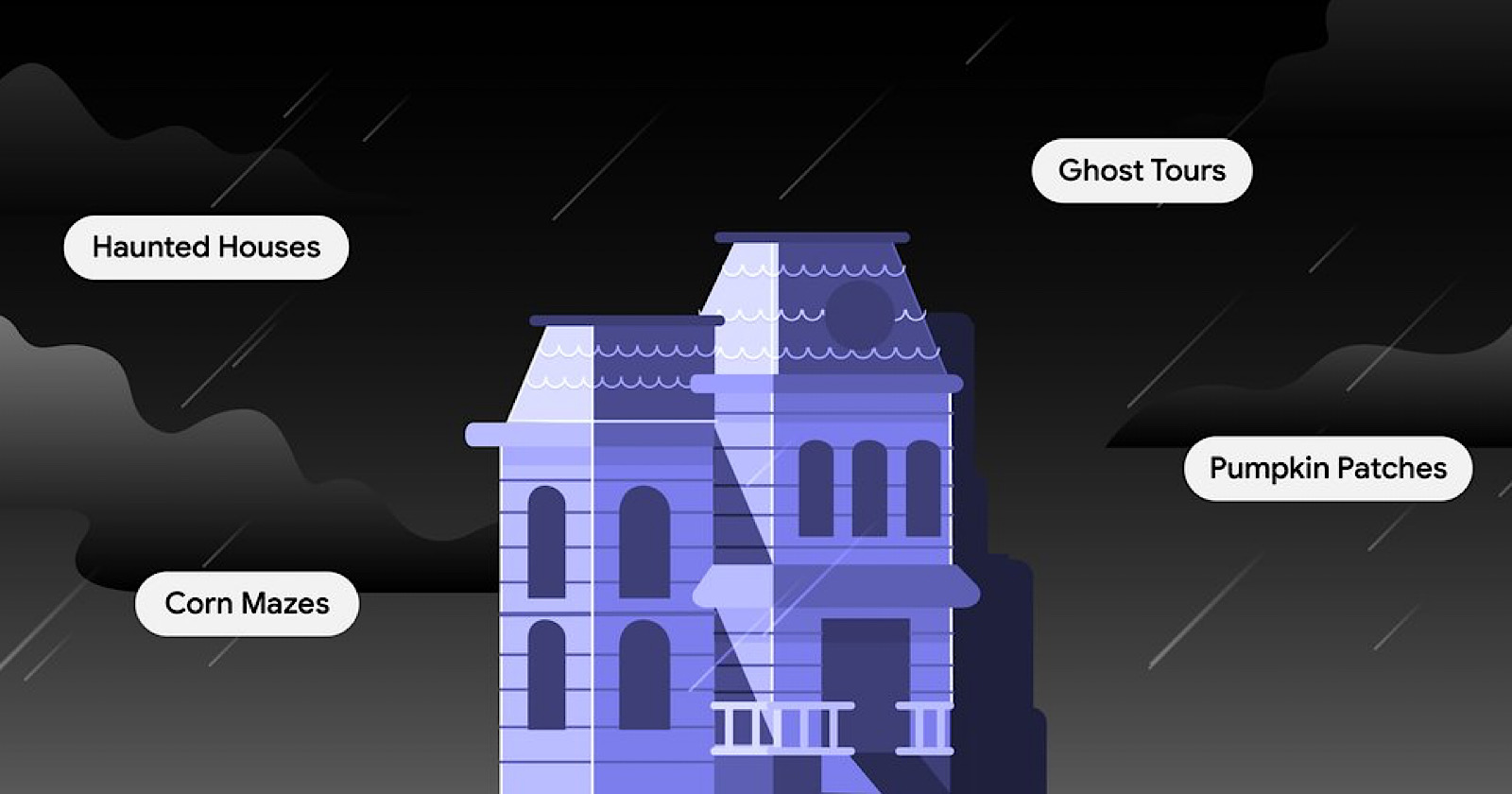How to Use Signs to Create a Safe, Welcoming Business Environment
As a small business owner, the space you create for your customers is just as important to them as the products or services you offer. Whether you have a storefront, a booth at an event, or another kind of...

As a small business owner, the space you create for your customers is just as important to them as the products or services you offer. Whether you have a storefront, a booth at an event, or another kind of physical space, creating a welcoming, safe environment is key.
When customers walk in, they should immediately know where they are and feel comfortable being there. Does your space clearly display what you sell and make it easy for customers to get to where they want to be or find what they came for? And, perhaps most importantly, do they feel welcome and safe?
The COVID-19 pandemic has put a spotlight on the importance of safety signage and communication, but it’s been a vital consideration for small business owners since the early 20th century. Clearly displaying exit signs and pertinent safety guidelines is a best practice. Similarly, mask wearing and social distancing requirements, updates to business hours and procedures, and other measures to ensure customer and employee health and well-being should be every owner’s first line of business.
Here are some important ways to keep your customers happy, healthy and in the loop.
Pandemic-Related Communications
Small businesses have had to make adjustments during the last couple years to ensure employee and customer safety. By pivoting, many business owners have been able to increase consumer confidence, which, in turn, allows them to conduct business “as usual” or at least close to it. It has also brought attention to the importance of safety measures and communication in general.
COVID-19 signage helps communicate important health and safety messaging as well as updated hours and alternate business models. When you immediately alert customers to your status, you help them feel comfortable shopping or dining in your establishment. Here are some common types of safety signage that can help you share your news:
Outdoor banners: Re-opening signs, as well as general welcoming signs that display your hours of operation, clear up any uncertainty and invite foot traffic.
Window decals: Post hours of operation and any mask mandates, capacity limits or distancing requirements right on your door. Patrons will appreciate knowing what to expect.
Lawn signs: If your event is outdoors, place signs where they can’t be missed like walkways or the corners of buildings, directing people to your booth or patio and providing any other pertinent information.
Floor decals: Reduce crowding and encourage social distancing by placing stickers on the floor at 6-ft. intervals. Designate one-way aisles with arrows to direct customers.
Table tent signs: If you have a hand sanitization station or offer masks at the front of your shop, display a sign letting customers know as soon as they enter.
Acrylic signs: Remind employees that handwashing is required before leaving the restroom. This also reassures customers and is a good hygiene reminder for all.
Posters: Keep your customers confident about your safety procedures. Post information regarding any health measures and cleaning precautions you’re taking.
Emergency and Wayfinding Signage
While COVID-19 is transforming businesses today, other events in history resulted in signage and lighting standards many have long taken for granted.
The deadly 1942 Cocoanut Grove fire in Boston was one such tragedy, where many lives would have been saved had patrons been able to quickly find a way to safety.
As a result of this unnecessary loss of life – as well as other disastrous fires in practically every state – well-lighted exit signs are required in public places. Each state has their own codes that business owners need to be aware of. Emergency lighting, in the case of electric outages, is also a requirement, and there must be a clearly marked, unrestricted access path to all exits.
Wayfinding signs make it easy to point out restrooms, fire extinguishers, exits and more. Federal ADA (Americans with Disabilities Act) regulations require these signs to have raised printing or braille for the blind or vision impaired.
The following signs will keep people informed and provide quick, clear instructions in case of emergency.
Stair signs: Draw attention to stairways and display “Use Stairs in Case of Fire” signage near elevators.
In Case of Emergency signs – Clearly label fire extinguishers, designated stairways/exits and elevators.
Exit signs – Help people make an orderly exit with clear signs. Don’t detract from their visibility with clutter, decorations or competing signage.
“Not an Exit” signs – To avoid confusion, doors that are not exits should also be labeled clearly.
ADA-compliant signs – Display handicap access signs by designated restrooms, parking, ramps and exits. (Learn more about ADA compliance.)
Capacity and Spacing Limits
Another tragedy – the 1913 Italian Hall Disaster in Michigan – was caused not by a fire but by someone falsely yelling “Fire” in a crowded space. This resulted in dozens of deaths cause by a stampede of people rushing to get out.
Now there are local codes regarding the maximum amount of people allowed in a facility. Capacity regulations consider space and, in some cases, weight allowances (for decks, elevators, etc.). It is up to management to be on top of crowd control, but safety signage is also necessary to keep patrons aware and help them make well-informed choices.
If your space requires masks, or if you can only allow a certain number of patrons inside at once, window decals on your entrance are a great way to ensure visibility and compliance. Once customers are inside, clear distancing or “traffic” signs will avoid confusion.
Of course, capacity allowances have decreased in many cases due to COVID-19 restrictions, making updated maximum occupancy signs necessary. The following types of signage are pretty much the “new normal” for keeping customers healthy and traffic flowing smoothly.
Maximum occupancy: Use posters, window decals or acrylic signs to display this information right outside for people to see before they enter.
Weight limits: For elevators, balconies, decks, etc., check your local codes and post load limitations on plastic signs wherever necessary.
Social distancing signage: Remind patrons to leave plenty of room to reduce the spread of germs and avoid overcrowding.
“Traffic” arrows: Make it easy to get around your space with floor decals or other directional signs.
Welcome Signs and Directional Guides
Like arrows on the floor, guiding signs are quick and easy ways for customers to find what they’re looking for. Especially when you’ve added outdoor seating or you’re at an event like a tradeshow or craft fair, placing directional signage at the entrance and along the way to your space will help make sure customers find you.
(Displaying a big, bold banner above the crowd to welcome people to your table is also a best practice at these events.)
Inside shops, be sure various sections are well marked so customers don’t wander around aimlessly or, worse, leave because they can’t find what they’re looking for. And, if you have a public restroom, by all means make it easy to find: No one likes to ask for directions to the loo!
A Sign Is Worth a Thousand Words
When customers feel safe and informed, they’re more likely to return. So, be transparent about your health and safety practices and procedures with custom signage designs. The quickest way to share this information is right where people will see it. Indoors, outdoors, on walls, windows, doors and floors: When you need to get it seen, say it with a sign.

 JimMin
JimMin 
































